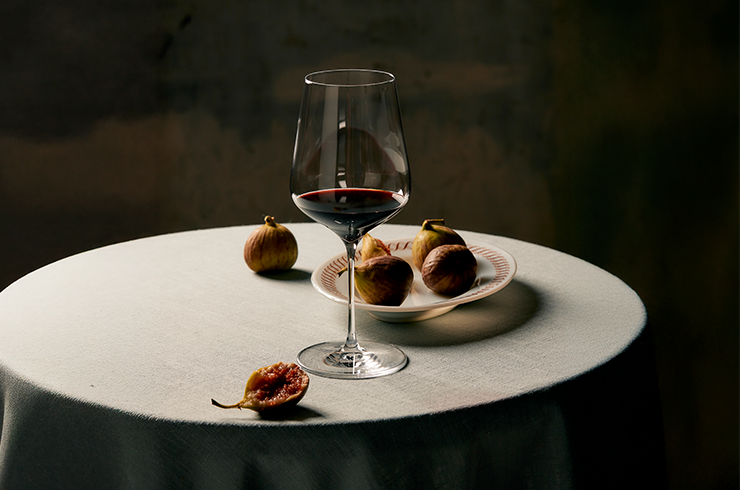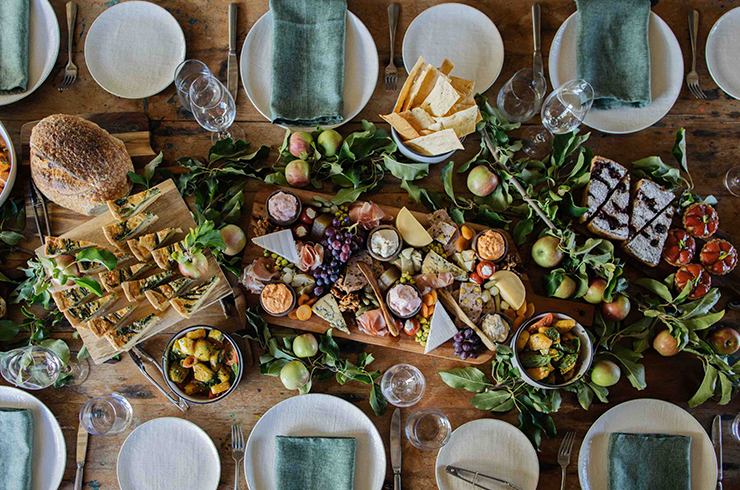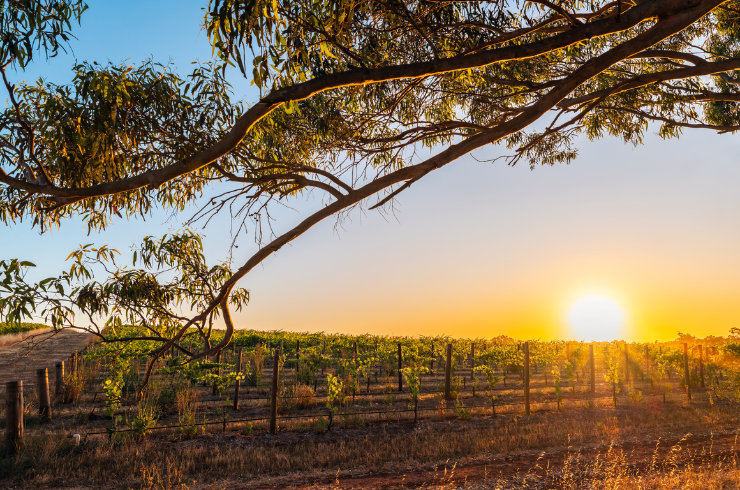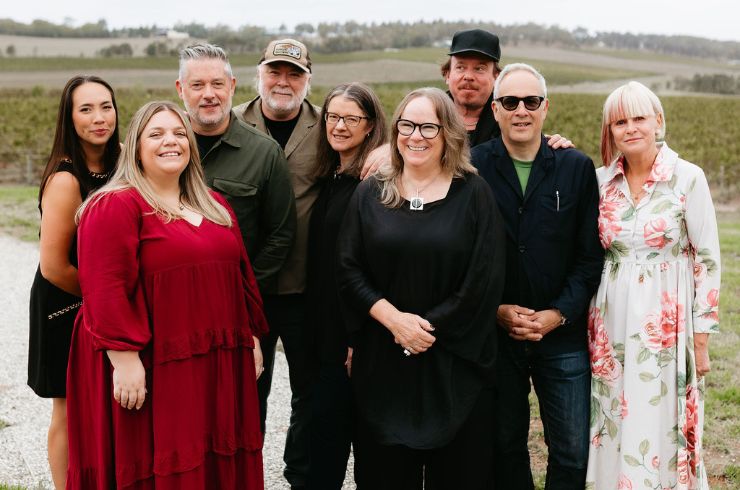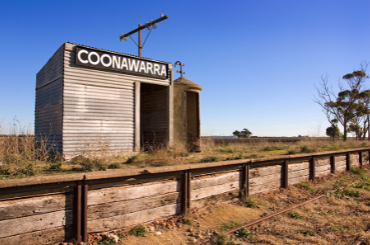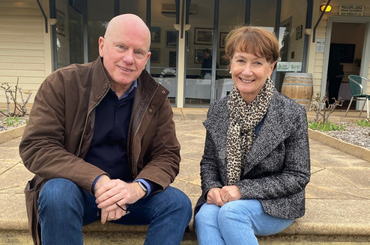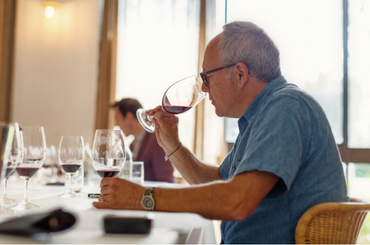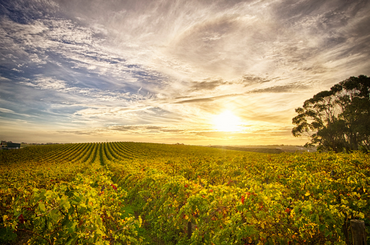When famed winemaker Sue Hodder, of Wynns Coonawarra Estate, introduces a tasting with the following words it’s more than enough to make you sit up straighter: “I’ve been at Wynns for 30 years and I feel as though my opinions of these wines, over the years, have changed markedly.”
The wines in question, remarkably, were a full vertical of Wynns John Riddoch Cabernet Sauvignon (often simply called JR). JR landed on the Australian wine scene with a splash almost 40 years ago now, thanks to the magnificence that was, and is, the inaugural release: the 1982. The label of this 1982 states that its alcohol is 12.1 per cent, a number that has often been cited over the years whenever someone wants to underline that “you don’t need high alcohol to make great wine”. Hodder had the wine analysed a few years ago and it turns out, after all that, that the wine is actually 13 per cent alcohol.
Wow. This little gem of a fact would have been enough to make the tasting worthwhile in itself. Though, of course, the wines themselves had far more to say.

Vertical tastings are important and valuable because of the unique light they tend to throw.
None more perhaps than that very 1982. There was some banter and discussion as we began to taste the wines and so this is my note, unedited:
“The first John Riddoch, made by John Wade after his 1981 visit to Bordeaux, and made to be ‘the pinnacle of Wynns’. It’s a legend in name, in reputation and, as a 40-year-old wine, in the glass. Gorgeous aromatics, fuller body than you would expect of such a low alcohol and mature wine, flooded with sweet leaf matter, some truffle, mint, tobacco, leather and fruit, I tell you, yes, berried fruit, still. It’s a wonderful wine, truly. It has it all. It was $25 on release.”
Hodder: “John Riddoch isn’t meant to be a more concentrated version of Black Label. It’s meant to be more complex.” If ever there was an embodiment of this ethos it’s long been that 1982, and as long as it’s singing so sweetly in the glass it will probably remain so. But something has happened in recent times – and here’s where things get interesting.
First things first: if I was asked to categorise JR, through the years, I would have made these broad generalisations: the releases from the 1980s were lighter, leafier and lovelier; the releases from the 1990s, which was a great decade in climate terms, were generally whacked with far too much oak, and were beefier wines than they should have been; there was a general realignment and “freshening” of the style from around 2003 onwards; and over the past handful of years the wines have largely been exactly where you want them to be. That is, not overdone, not underdone, and not over-oaked either, but with ageworthiness kept as a paramount concern.
Despite Hodder’s opening remark – that her own opinion of the wines has changed over the years – I didn’t expect this tasting to sway my opinions much. Indeed, I thought of these opinions as concrete and irrefutable. But here’s a truth that I probably should, if I had the courage, get tattooed down the centre of my spine: Wine Will Always Be Wine, so long as you give it time. (I’m not all that tall, so this may need to be represented in some form of culturally sensitive hieroglyphics).
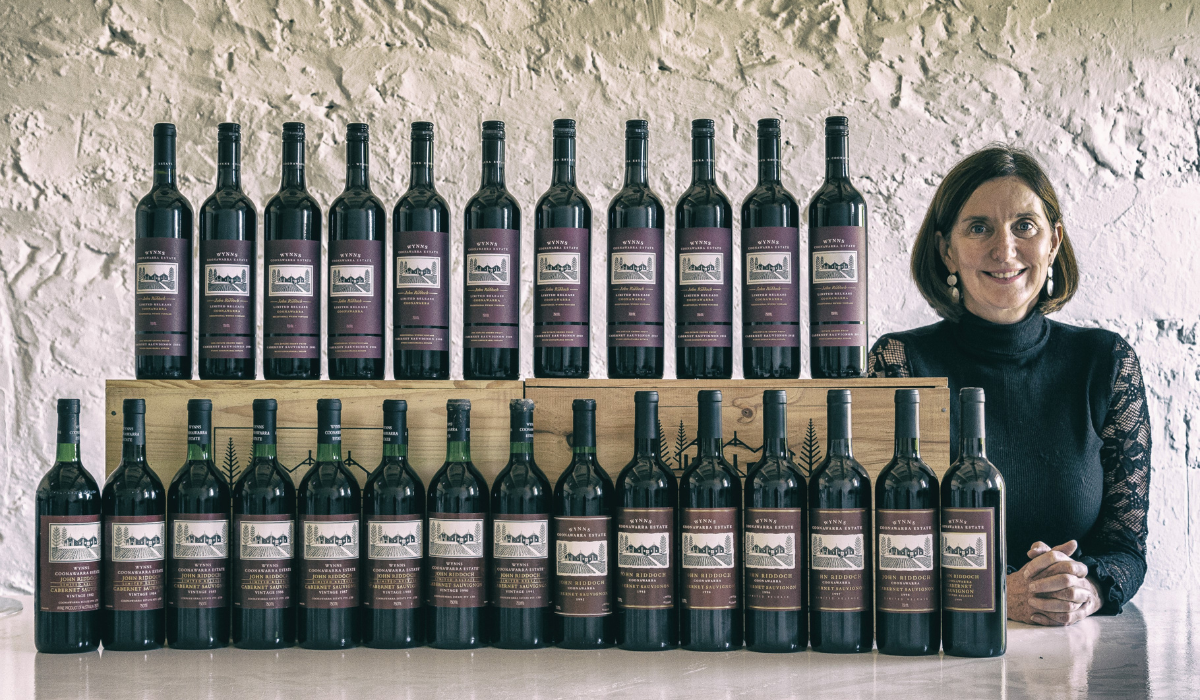
Vertical tastings are important and valuable because of the unique light they tend to throw. JR isn’t released every year – it’s only released when the wine is deemed fit. When I got to the end of tasting all the wines from the 1990s – released in every year in that decade except for 1995 – I leant back and had this thought: I’m completely wrong about this decade of JR. None of the wines seemed overblown or over-oaked at all. All these wines are now 20+ years old, and as the years have rolled by the wines have shed their winemaking and now present as Coonawarra cabernet, first and pretty much only.
Wine will out. When it’s really good, as John Riddoch cabernet most definitely is, the greatness of the grapes will overcome the wrath of oak.
At this tasting, the 1990 looked fabulous, the 1991 looked perhaps a little disappointing, the 1993 was complete, composed and completely upgraded on its general estimation, and the 1994 looked completely stellar, and proved incredibly difficult to ‘spit out’. I wrote in part of this 1994: “This is the glory of Wynns cabernet, powder coated. It just gets the blend of herbs and fruit right, and then nails the finish like there’s no stopping it.”
The 1996 looks solid and good, the 1997 a little oddball but still with plenty of merit, and while both the 1998 and 1999 were in fine form, the great 1998 vs 1999 battle was, on this occasion, convincingly won by the 1999.
“The older I get,” Sue Hodder said as we tasted our way through the wines, “the more I want the wine to be brighter and lighter.”
This is interesting in light of the fact that there were no JRs released from any of the 2000, 2001, 2002 vintages, even though conditions probably would have suited in at least two of those years, if not all three. This timeframe though is when a complete overhaul began of Wynns extensive vineyard holdings, driven by Hodder and chief viticulturist Allen Jenkins (recently retired). That rethinking and re-jigging of vineyards has been relentlessly pursued, and has been ongoing ever since. It’s also been complemented by dramatic changes in the winery itself, to allow for much smaller batches, and much greater pre-sorting of grapes. The proof of all this extra attention to detail has been both minor and major at once, in that it’s been the very roadway for the excellence of John Riddoch to continue, and it’s also allowed for incremental improvements, year on year, often in the context of more challenging climatic conditions.
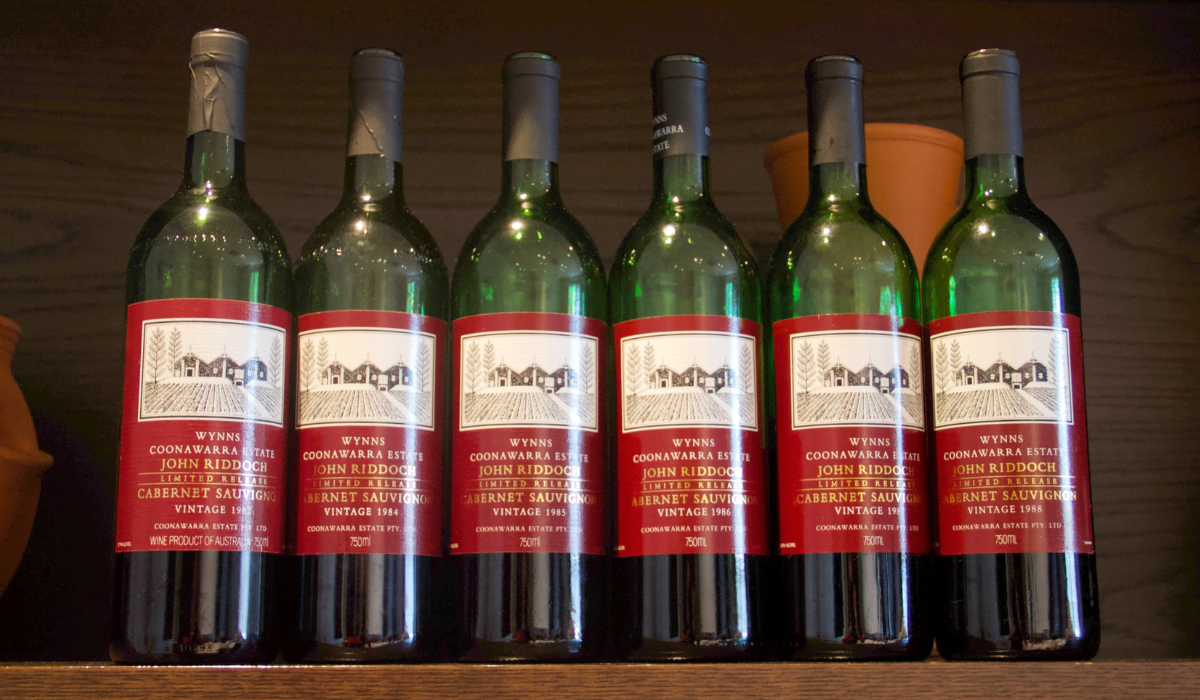
Of particular note is the 2015 JR. This, in a modern sense, may well be the wine that embodies Hodder’s desire for “lighter and brighter” releases. On the day, I wrote of it “(the) tannin has some grain to it here, a beautiful complement to the brightness of the fruit, the finish then running impressively on. This is not a big wine and yet it has so much presence. This feels (to me) like a watershed Wynns release”.
The current 2019 is of the same ilk. It’s a truly glorious wine.
But then Wynns John Riddoch, 40 years old, with Sue Hodder now having been at its helm for a full 30 years, is about as reliably glorious as any Australian wine, bar none. It is rolled gold. It’s cabernet, it’s Coonawarra, and it’s classic – in the truest sense of these words.
Latest Articles
-
Win
Win a stunning collection of Plumm glassware and wine, valued at over $500
1 day ago -
Wine Lists
Top Christmas wines under $30 (and five worth splurging on)
1 day ago -
Wine Lists
Why you should drink Australian this festive season (and 80 of our best wines to try)
1 day ago -
From the tasting team
The Aussie wines the Halliday Tasting Team will be opening this festive season
1 day ago
More like this
-
From the tasting team
Campbell Mattinson on Coonawarra cabernet
24 Jun 2022 -
From the tasting team
Jeni Port on Grosset and Mount Horrocks
13 Sep 2022 -
From the tasting team
Philip Rich on Australian Grenache
14 Sep 2022 -
From the tasting team
Ned Goodwin MW: Why McLaren Vale is Australia's most exciting wine region
25 Sep 2022
